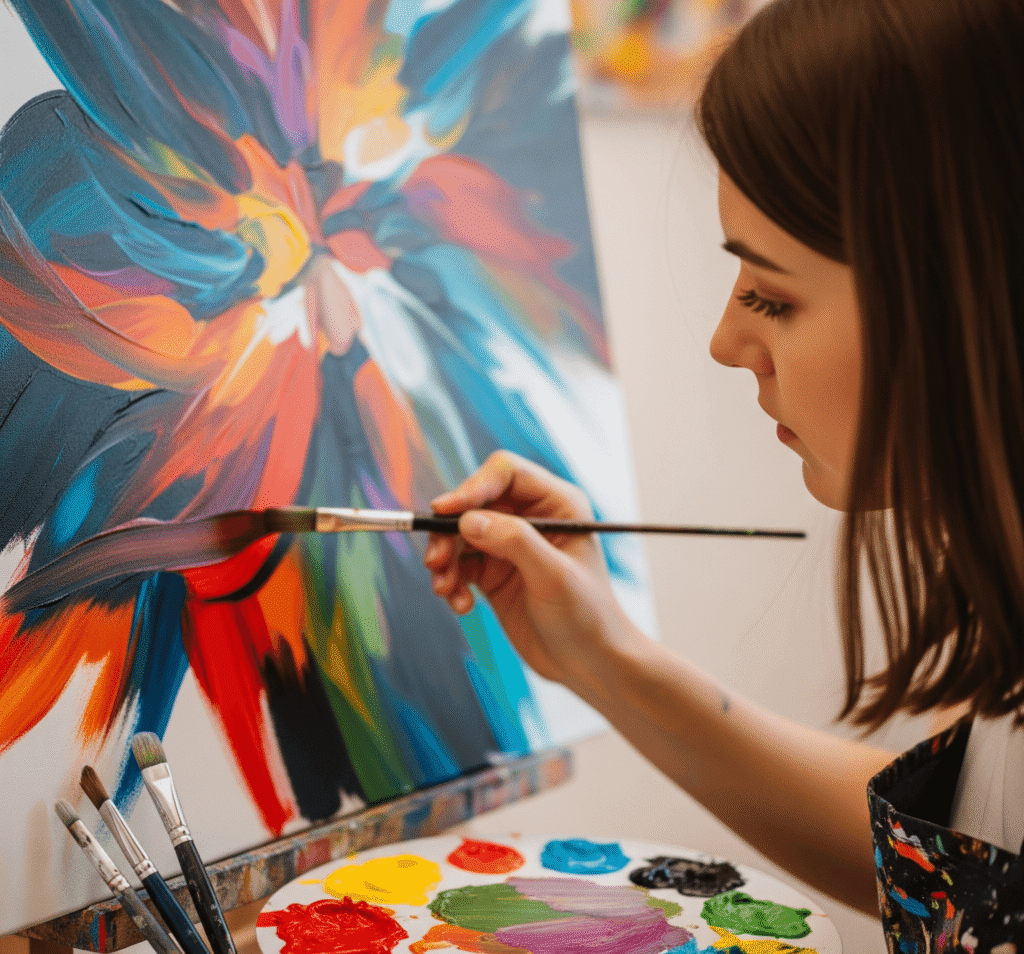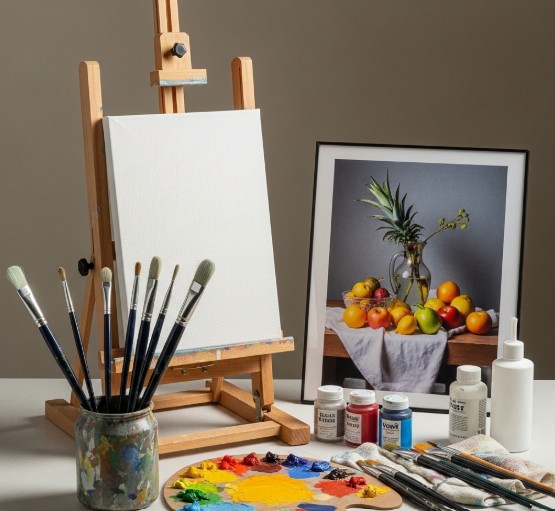Understanding Light and Shadow in Painting
Introduction
Light and shadow in painting are the fundamental building blocks of depth, form, and realism. Whether you’re an aspiring artist or a seasoned painter, understanding how light interacts with surfaces can dramatically improve the quality of your artwork. From classical chiaroscuro techniques to modern digital art, light and shadow are tools that can evoke emotion, establish atmosphere, and bring life to your canvas.
In this guide, we will explore the principles of light and shadow in painting, types of lighting, value scales, and actionable techniques to apply in your artwork.
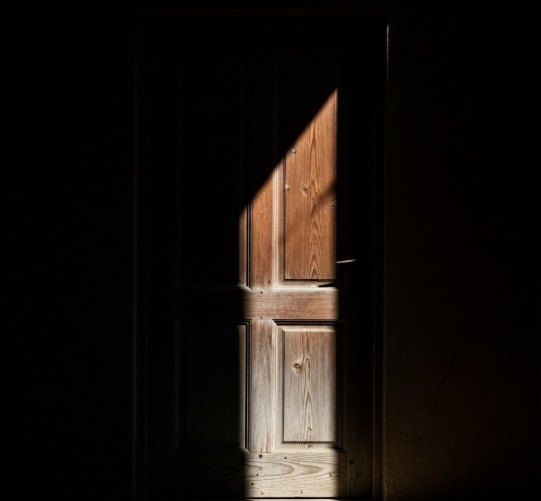
Why Light and Shadow Matter in Art
Light and shadow do more than define forms—they set the tone and mood. They tell stories without words and direct the viewer’s eye across the canvas.
Key Benefits of Mastering Light and Shadow:
- Creates a sense of depth and volume
- Highlights focal points
- Establishes mood and atmosphere
- Enhances realism and believability
- Adds drama and emotion
Famous artists like Caravaggio, Rembrandt, and Vermeer mastered light and shadow through chiaroscuro, dramatically transforming how we perceive space and form.
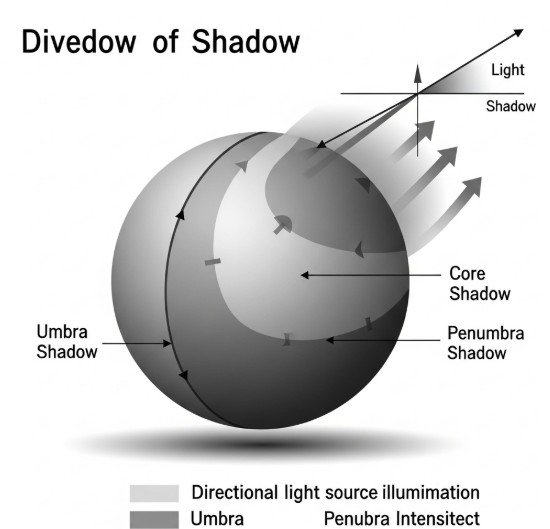
Diagram showing types of shadows on a sphere
The Science Behind Light and Shadow
To paint light and shadow effectively, you must understand how light behaves:
- Light Source: The origin of illumination (sun, lamp, etc.)
- Angle of Light: Dictates shadow direction and intensity
- Surface Texture: Matte surfaces diffuse light; glossy surfaces reflect it
- Form: The shape of an object affects how it catches light
When light hits an object, it produces different types of shadows:
Types of Shadows:
- Cast Shadow: Falls onto a surface due to a blocked light source
- Form Shadow: The shadowed area on the object itself, opposite the light
- Core Shadow: The darkest part of the form shadow
- Reflected Light: Light that bounces onto the object from nearby surfaces
- Highlight: The brightest area where light hits directly
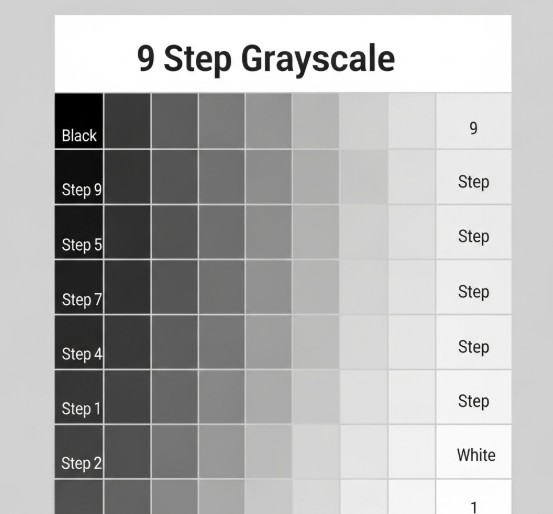
Value Scale: The Key to Painting Shadows
The value scale—ranging from pure white to deep black—helps artists control lightness and darkness. Practicing grayscale studies can sharpen your understanding of tonal contrast and improve your shadow rendering.
Tip:
Start by creating a 9-step grayscale value chart. Then, practice shading spheres, cubes, and cylinders under a single light source.
Types of Lighting in Painting
Understanding different lighting setups allows you to use shadow and light creatively.
1. Single Light Source
Creates clear shadows and dramatic contrast. Ideal for studies and portraits.
2. Diffuse Lighting
Softens shadows, used in natural daylight or overcast scenes.
3. Backlighting
Creates rim lighting and silhouettes. Common in atmospheric or landscape works.
4. Top Lighting
Often seen in midday sun, it creates small cast shadows and strong highlights.
5. Side Lighting
Emphasizes form, texture, and depth. Used in classical portraits.
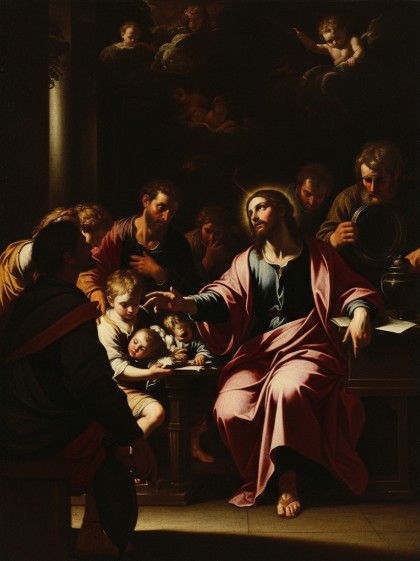
Techniques to Practice Light and Shadow
1. Still Life Studies
Set up a simple object and shine a desk lamp from one side. Sketch and paint the form while observing shadows.
2. Grisaille Technique
An underpainting method using only shades of gray. Helps focus on values without color distractions.
3. Chiaroscuro
A Renaissance technique that uses high contrast between light and dark to enhance drama.
4. Thumbnail Sketches
Create small black-and-white value studies before beginning a full painting.
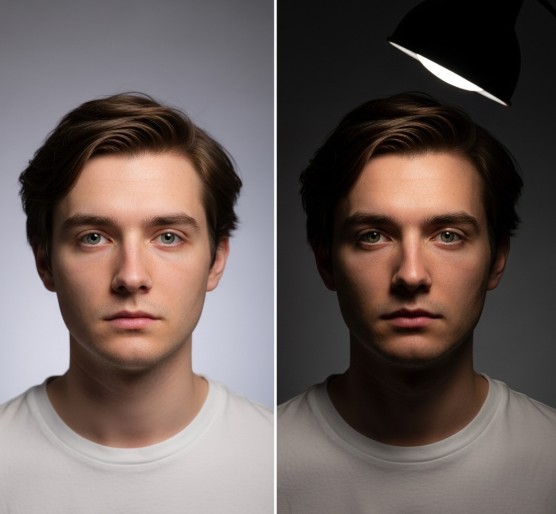
Mistakes to Avoid
- Flat Shadows: Avoid using one tone for shadows; add variation.
- Ignoring Light Source: Always define your light direction before starting.
- Overblending: Keep some edges sharp where light transitions rapidly.
- Too Much Black: Use dark colors, not just black, to build rich shadows.
Using Light and Shadow in Different Mediums
Oil Painting
- Blend shadows using glazing
- Use impasto for highlights
Watercolor
- Reserve whites for highlights
- Layer transparently for shadows
Acrylic
- Use quick layering due to fast drying
- Add texture to simulate light
Digital Art
- Use separate layers for light and shadow
- Apply soft and hard brushes for texture variation
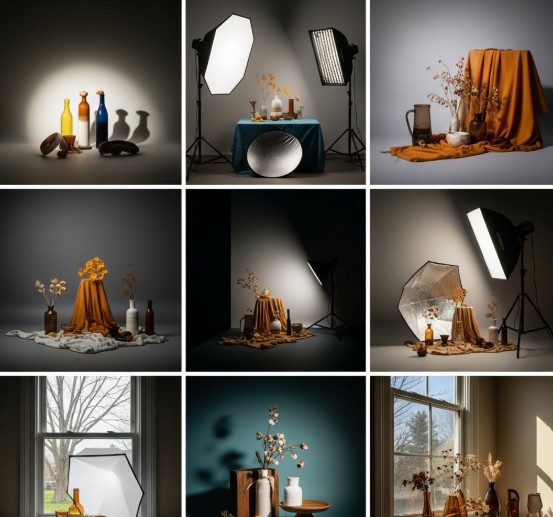
Using Light and Shadow to Convey Mood
- Warm light: Comfort, joy, sunlight
- Cool shadows: Mystery, sadness, evening tones
- High contrast: Drama, tension
- Low contrast: Peace, dreaminess
Adjust your value range and temperature to fit the narrative.
Further Learning Resources
- Drawabox – Fundamentals of Light and Shadow
- Online courses on platforms like Skillshare, Domestika, and Coursera
Conclusion
Mastering light and shadow in painting is a journey of observation, practice, and experimentation. Whether you aim for realism or expressionism, understanding how light shapes form will elevate your art to new heights.
Want to explore how emerging artists use light and shadow in innovative ways? Visit our curated collection at ISKUSS to experience original works and learn more.
Tags: painting tips, art tutorials, light and shadow, chiaroscuro, value scale, art techniques
